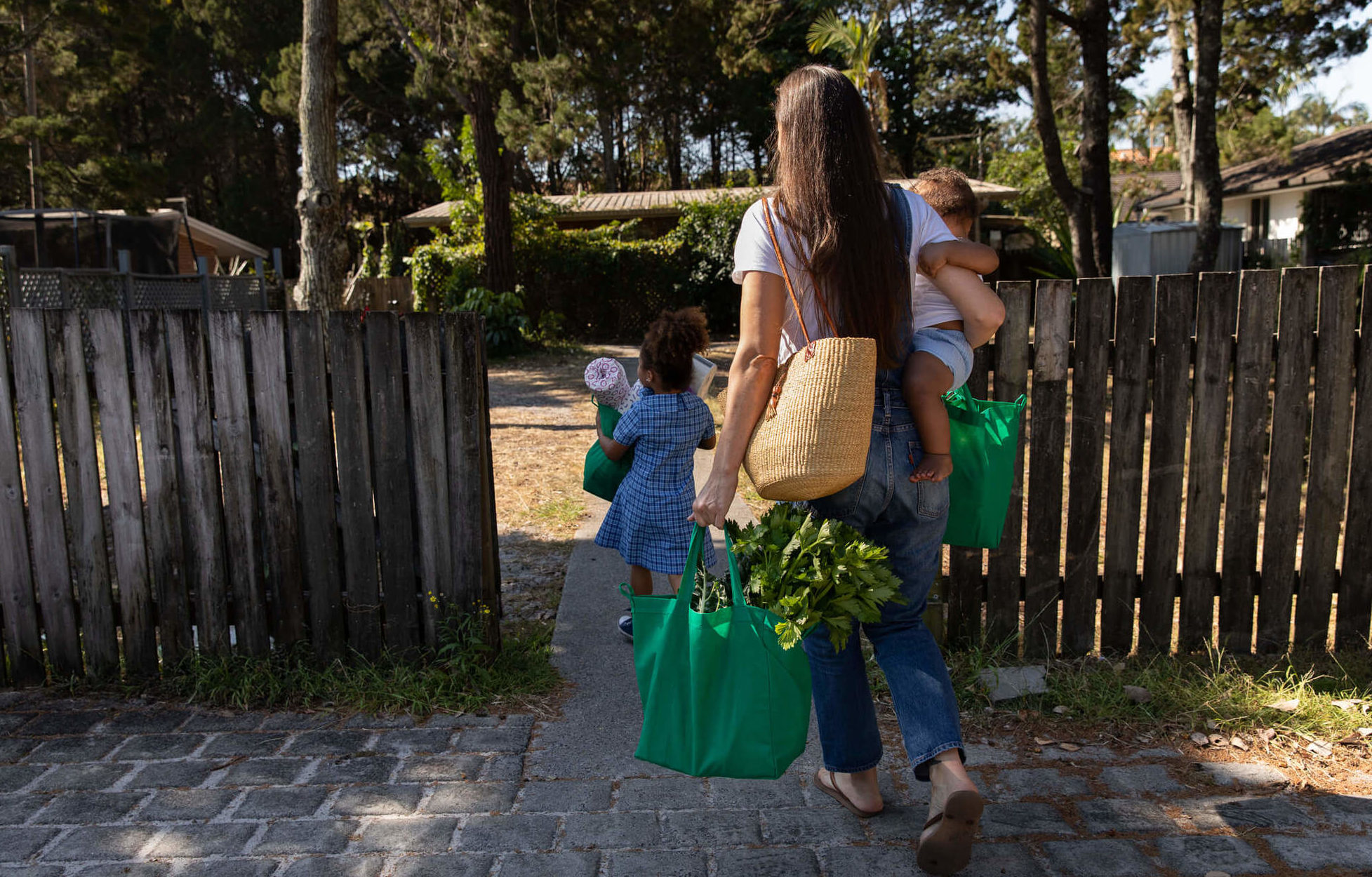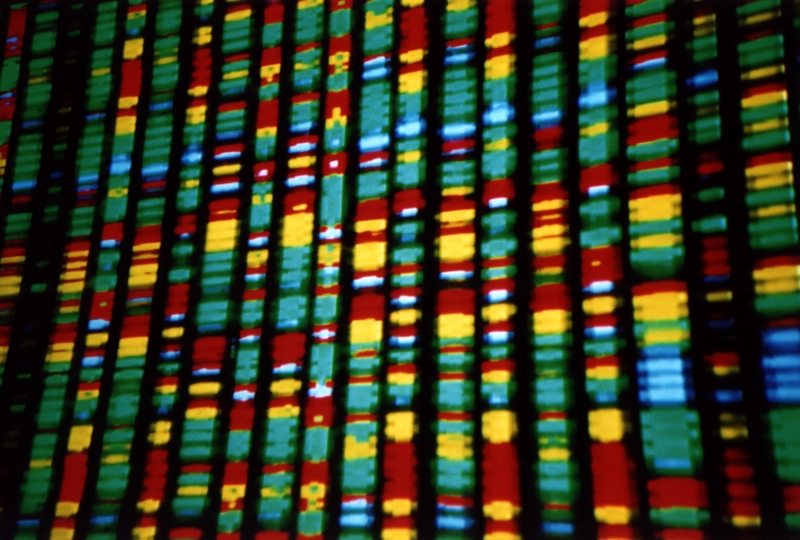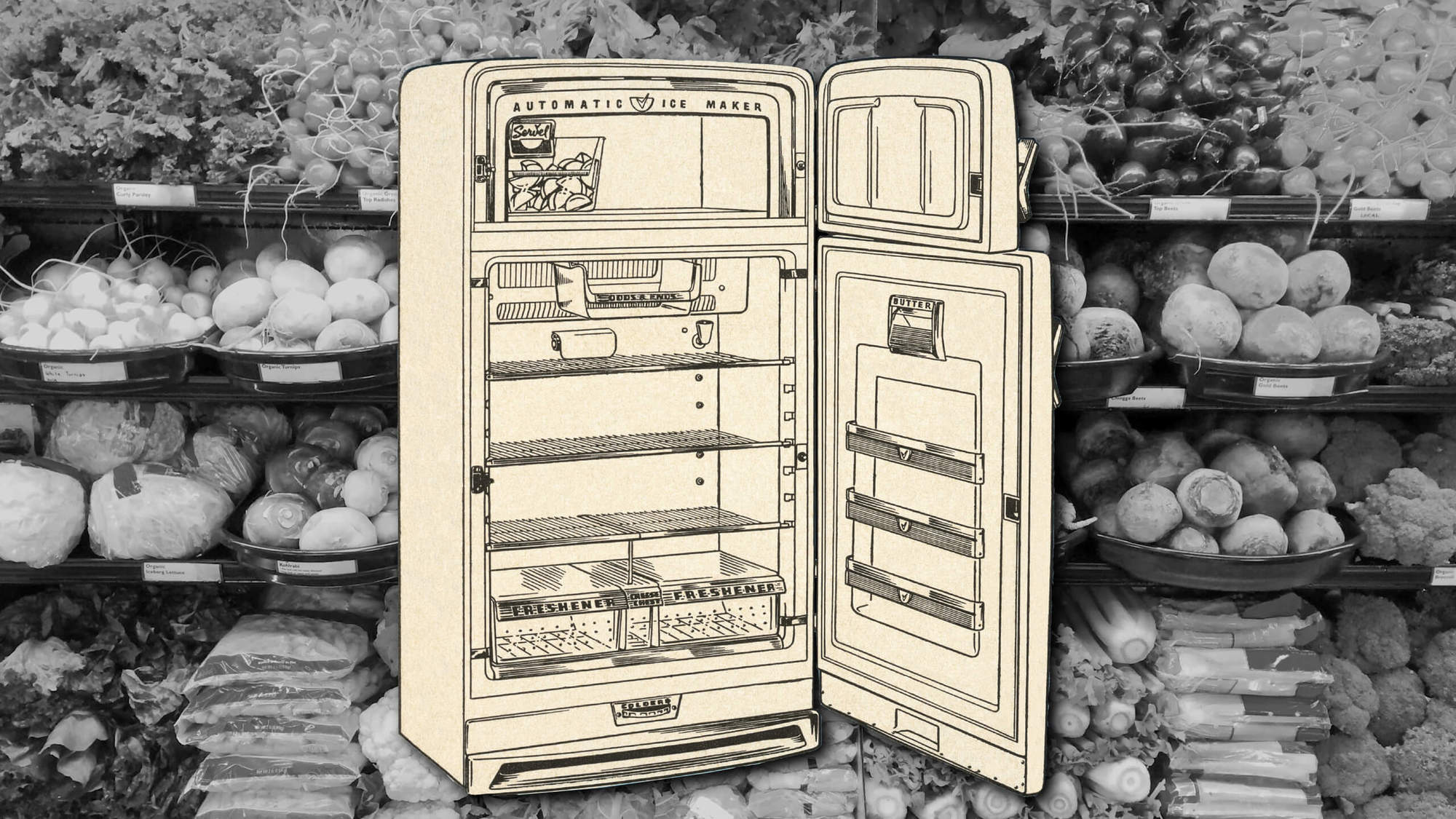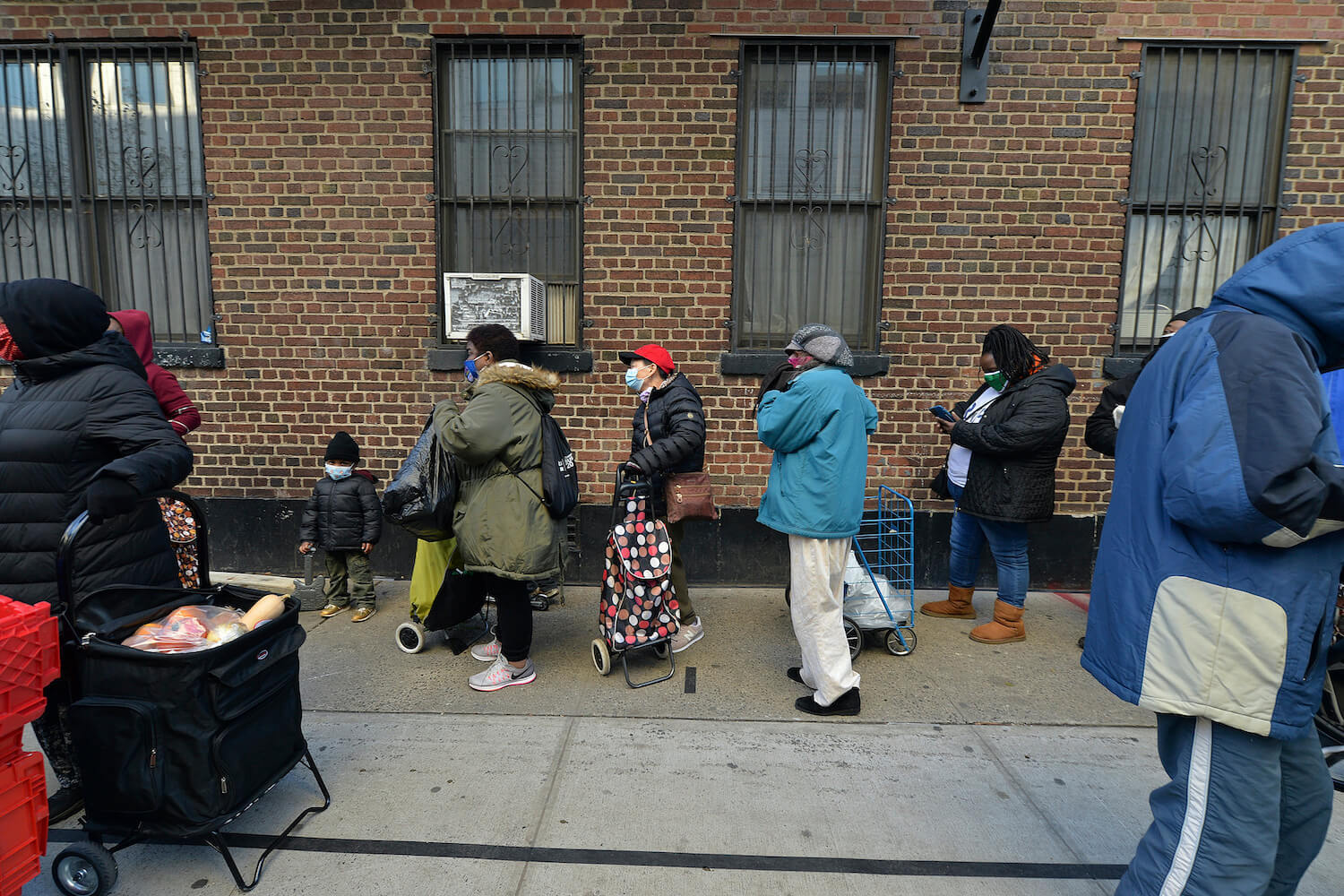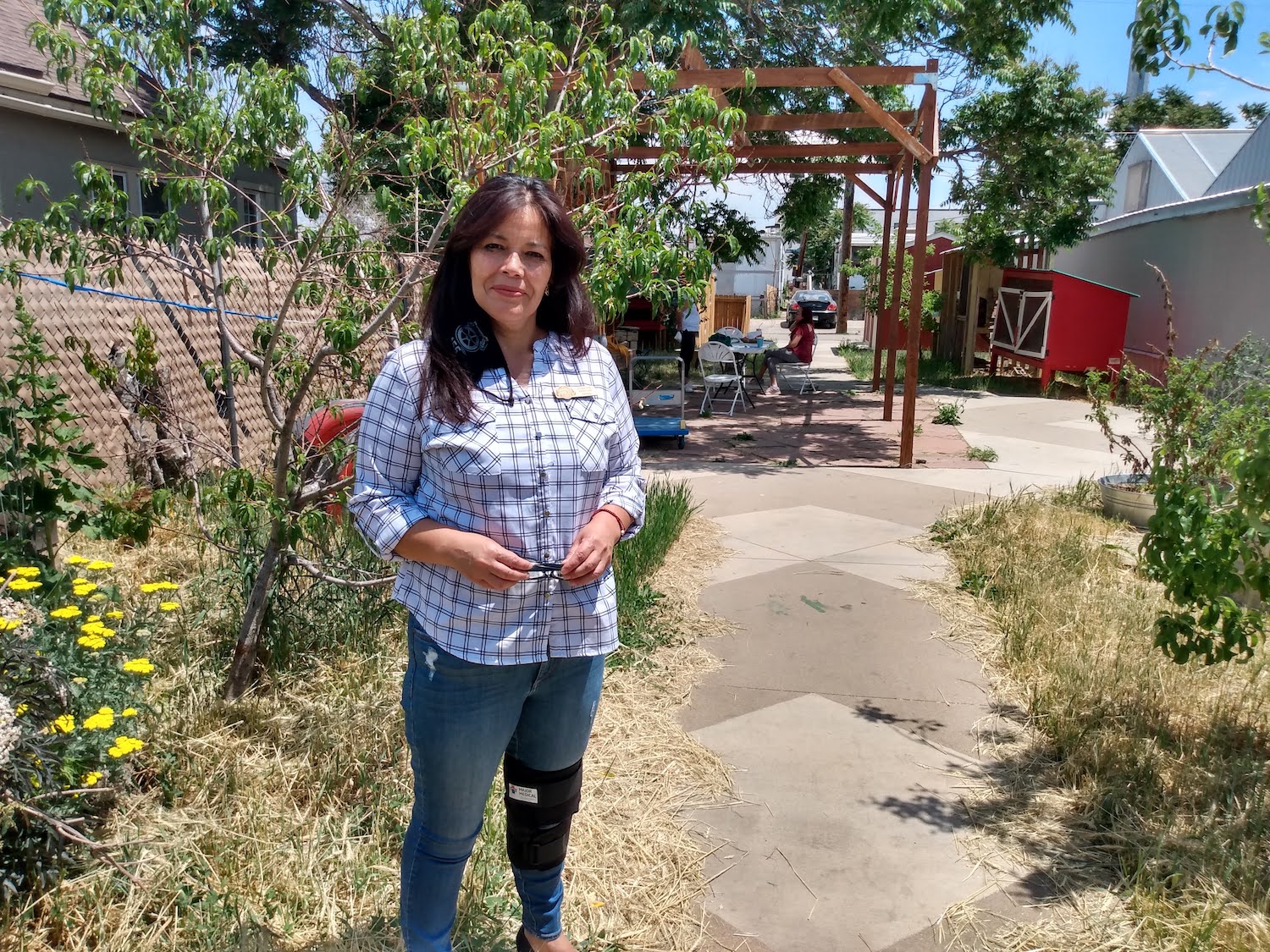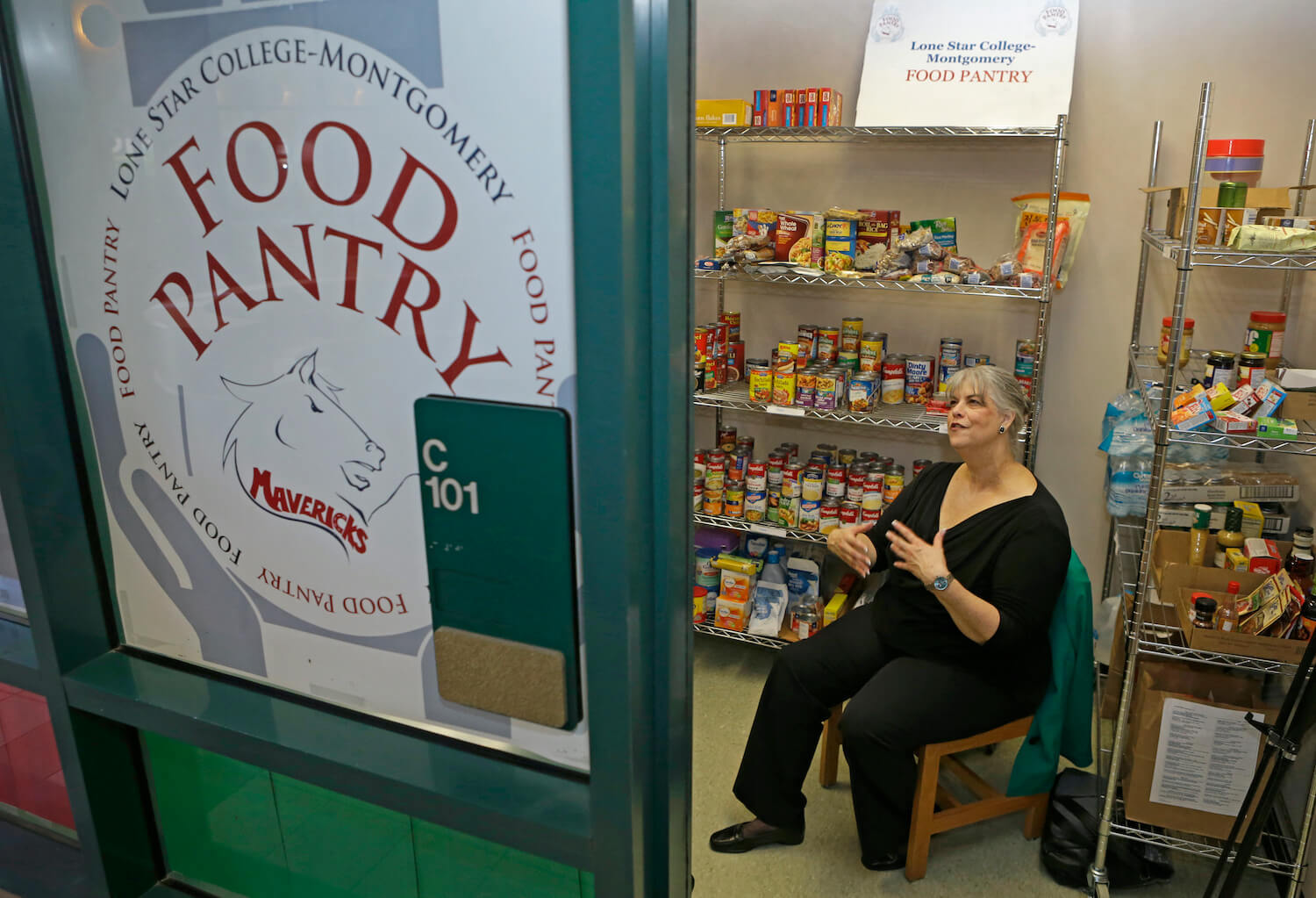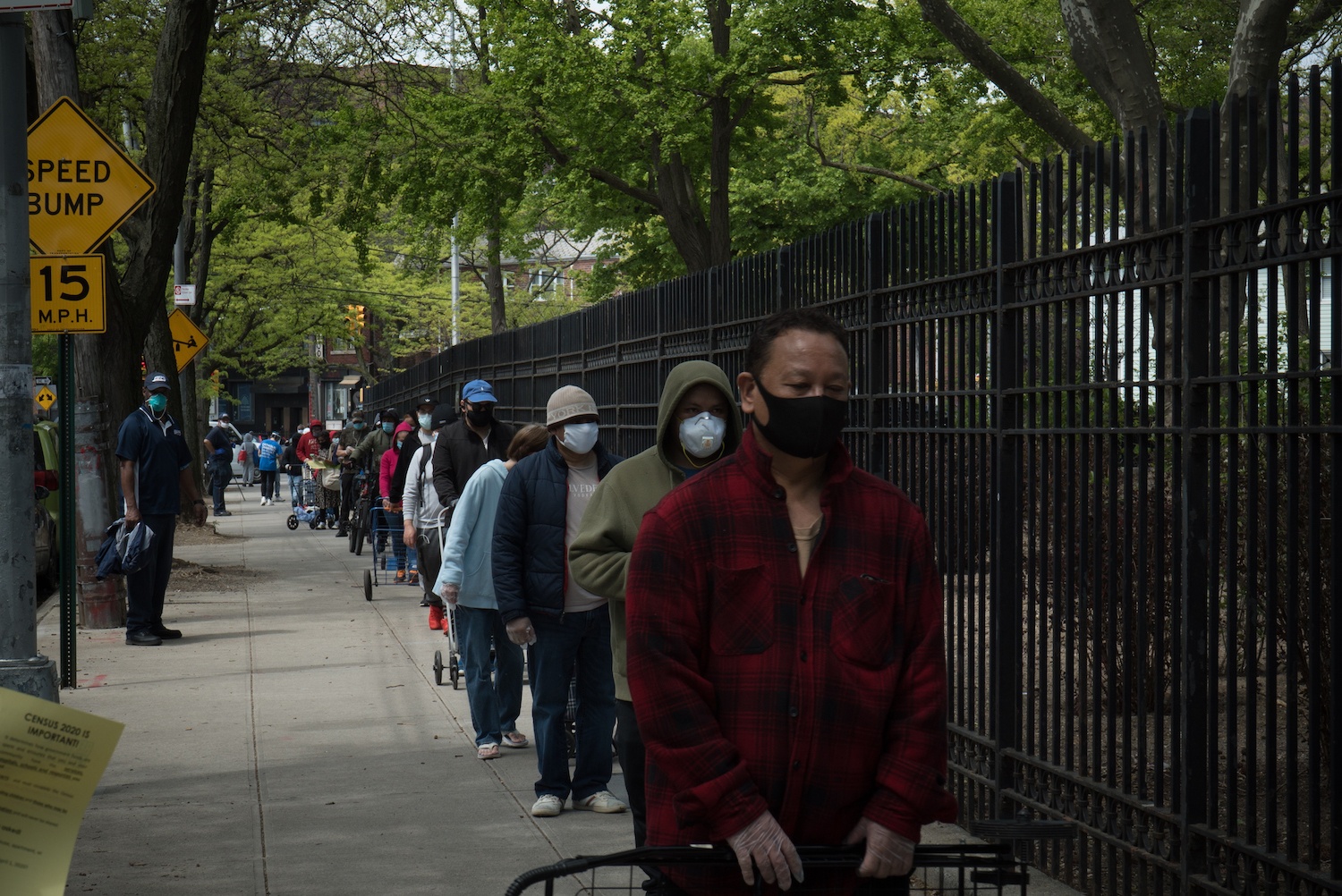
iStock/VectorBird
With Americans increasingly unhealthy because of the highly processed foods we eat, there’s more talk about the need for quality over quantity of food.
A Senate rules committee hearing on April 28 on eradicating hunger touched on many of the points customary to conversations about double-digit food insecurity rates in the U.S.: how to strengthen public benefit programs, the underlying need to reduce poverty, and ways to loop business, technology, and clinicians into potential solutions. But anyone listening closely would have heard multiple references to nutrition and the critical need to make nutritious foods available to low-income Americans, threading through the calls for higher wages, improved program enrollments, and a second White House conference on hunger. (The first, in 1969, led to the establishment of the national school breakfast and summer feeding programs, the Special Supplemental Nutrition Program for Women, Infants, and Children, or WIC, and what’s now known as the Supplemental Nutrition Assistance Program, or SNAP.)
That healthy foods are key to human health is not news. In fact, it’s the whole basis for the WIC program, which was created over 50 years ago to address malnutrition and its effects on pregnant and nursing women, infants, and young children, including preeclampsia, anemia, failure to thrive, and impeded cognitive development.
In theory, at least, nutritious foods are also integral to the mission of SNAP and school meals. Although, according to Dariush Mozaffarian, dean of Tufts University’s Friedman School of Nutrition Science and Policy and lead author of a new article on the relevance of nutrition security, historically, the two have been considered “two different problems with two different interventions.” Add to that years of political posturing around benefits programs and a broader societal shift towards processed foods—not just in food boxes handed out at pantries to low-income families in need, but everywhere in Americans’ high fat/low fiber diets—and “We now have a population in which [over] 70 percent of adults are overweight or obese,” said Mozaffarian. As a result, it’s become imperative for government “to pull nutrition into the center of policy,” defined by his article “as having consistent access, availability, and affordability of foods and beverages that promote well-being and prevent (and if needed, treat) disease.”
It’s become imperative for government “to pull nutrition into the center of policy.”
Discussion of nutrition security is now making the political rounds. It turned up in President Biden’s American Families Plan, with a bid, among other things, to launch a healthy foods incentive demonstration in schools. In an address to the National Press Foundation in March, agriculture secretary Tom Vilsack referred to the link between inadequate nutrition and epidemics of illness and disease as “a very large problem we have to address. We cannot have the levels of obesity, diabetes, and chronic disease that we have. It will literally cripple everything we’re trying to do as a country.” New Jersey’s Corey Booker has vowed in his new role as chair of the Senate Agriculture’s Nutrition and Specialty Crops Subcommittee to “bring a focus on…the nutrition crisis that is sending generations of our elders to an early death and robbing our children of too much of their potential.” Nutrition security is also popping up in New York City’s mayoral race, where Covid-19 Food Czar Kathryn Garcia’s campaign promised to “fund fresh and culturally relevant food—not just canned goods…[and] expand our emergency food program to provide fresh food for the most vulnerable New Yorkers.”
No one who studies hunger and food/nutrition insecurity thinks changing the structure behind the words will be an easy lift—although there seems to be consensus that the pandemic, which increased need but also compelled benefits program administrators to provide wiggle room in people’s ability to procure (nutritious) foods, might provide a blueprint for a better way forward. “Things like allowing people to pick up multiple school meals at once, and SNAP giving flexibility in [ordering] online—these were temporary but there’s a lot of interest in thinking about what kinds of changes can make things as easy as possible for eligible people,” said Sara Bleich, Covid-19 senior advisor in the USDA’s office of the secretary. “Secretary Vilsack talks about, how can we make things hassle free? There’s a lot of thought going into that very question.”
“One of the jobs in SNAP-Ed is to create direct education activities that emphasize not only dietary health and nourishment but also celebrate ethnic and cultural foodways.”
Mozaffarian believes nothing short of an overhaul of multiple infrastructures is necessary. First, to health care, so that fresh produce and medically appropriate meals can be prescribed by doctors, for example. To SNAP, which “should be referred to as a nutrition assistance and not a food assistance program, and, at minimum, nutrition should be a core metric in looking at SNAP success,” Mozaffarian said. He also advocates for strengthening school meals programs, pointing out that, even with recent attempts to weaken their nutritional standards, “Schools are the healthiest places in America where kids get food.” He’d like to see “new, national moonshot science” from an entire National Institutes of Health (NIH) institute devoted to nutrition, and for the Biden administration to forefront nutrition security at all agencies in the way he’s “told them all to focus on climate change.” And he believes there’s a role for tax incentives to reward companies for creating more nutritious foods.
Adrienne Markworth is founder of Leah’s Pantry, a San Francisco-based organization that provides nutrition training. Among her clientele are SNAP educators, whom the program pays to offer cooking classes and demos at food banks, devise recipe cards to accompany what may be culturally unfamiliar produce offerings like butternut squash, and develop wellness policies at schools. She sees SNAP-Ed as an important component of nutrition security, but believes that context matters. “One of the jobs in SNAP-Ed is to create direct education activities that emphasize not only dietary health and nourishment but also celebrate ethnic and cultural foodways,” she said. “That can interrupt and correct some of the damage that nutrition programs have done in the past, in telling people their diets need to change because they’re unhealthy. In what way can we dismantle all that racist stuff, so we can leverage the same program for healing?”
There are currently several bills up before Congress aiming to tackle both child and adult nutrition security—including the Improving Access to Nutrition Act and the Access to Healthy Foods for Young Children Act. Will they significantly alter the landscape for nutrition security if passed into law? USDA’s Bleich is optimistic. “There are many things that have happened in the past several months to strengthen and expand existing programs, and there’s more to come,” she said.
Correction: An earlier version of this story referred to Leah’s Pantry as “Leah’s Kitchen.”

